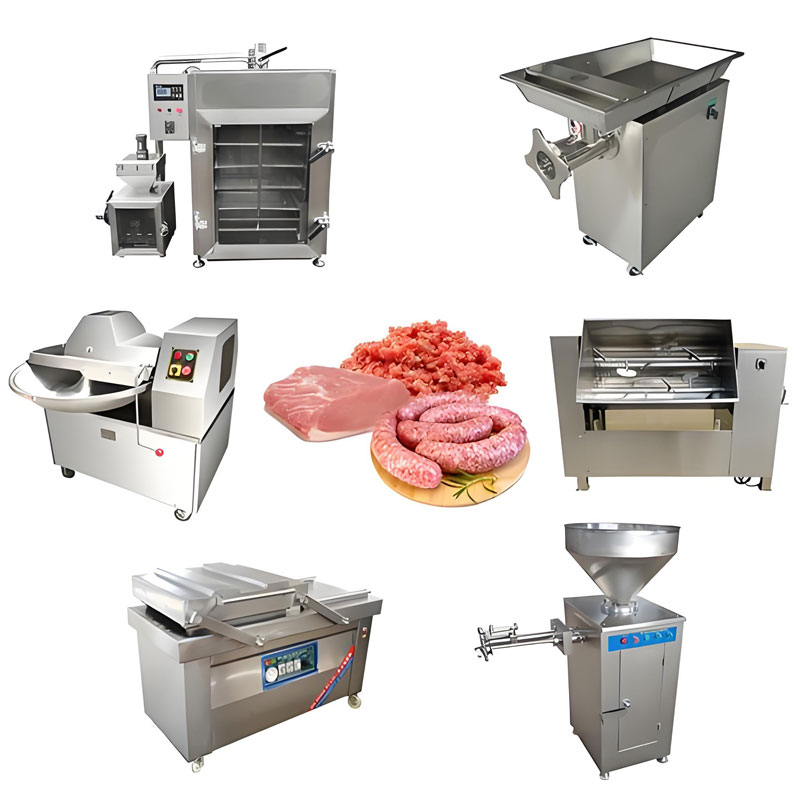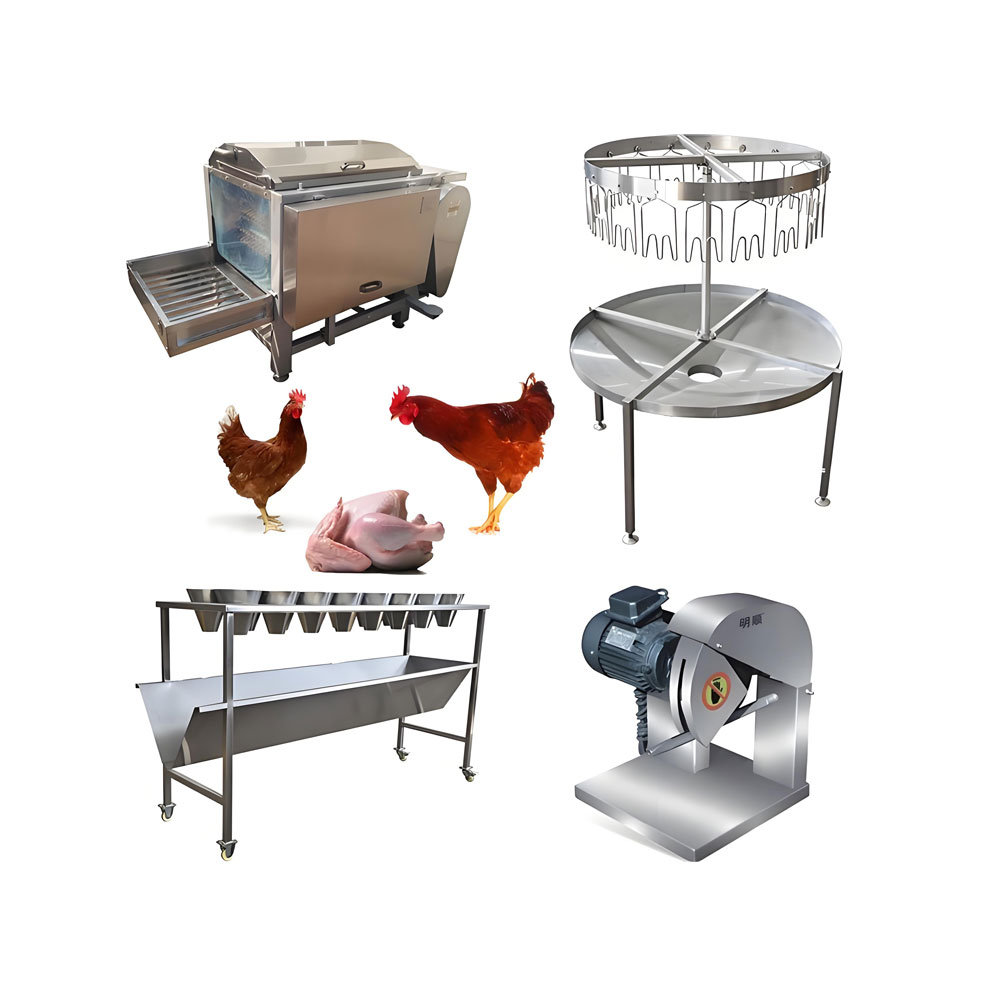
Water is a fundamental resource that is essential for life, industrial processes, and environmental sustainability. The quality of water used in various applications, from drinking and medical use to industrial processes, determines the efficiency, safety, and compliance of those operations. This comprehensive guide explores the essential systems and equipment used in water treatment, highlighting their importance, functionality, and benefits.
In today's world, the need for high-quality water is more critical than ever. Whether it's for drinking, industrial processes, or medical applications, water treatment equipment plays a pivotal role in ensuring that water meets the required standards. This article delves into the various types of water treatment equipment, their applications, and why they are indispensable in achieving high-quality water.
Water treatment equipment encompasses a wide range of systems and tools designed to improve water quality by removing impurities, contaminants, and other undesirable components. These systems are crucial for various applications, including:
- Drinking Water Treatment: Ensuring safe and clean drinking water.
- Wastewater Treatment: Treating wastewater to remove harmful substances before discharge or reuse.
- Industrial Water Treatment: Enhancing water quality for industrial processes.
- Medical and Laboratory Use: Providing high-purity water for medical sterilization and laboratory applications.
Type II high purity water lab systems are designed to meet ASTM D1193 standards, providing high-purity water essential for various laboratory processes such as general chemistry, analytical testing, and microbiological research. These systems typically include:
- Pretreatment: Removes suspended solids, chlorine, and other impurities.
- Reverse Osmosis (RO): Eliminates dissolved solids, ions, and organic molecules.
- Deionization (DI): Uses ion exchange resins to remove remaining ions.
- Ultraviolet (UV) Sterilization: Ensures bacteria-free water.
These systems come in different sizes and configurations to suit various lab needs, from continuous water production to tank-based storage systems.
Side stream filtration is a vital process that removes fine particulates from cooling tower water, improving system efficiency and longevity. This filtration process prevents issues such as:
- Reduced heat transfer efficiency
- Increased corrosion and erosion
- Higher risk of biological growth
By implementing side stream filtration, facilities can enjoy benefits such as improved energy efficiency, reduced equipment wear, extended equipment life, and lower maintenance costs.
AAMI ST108 central sterile water systems ensure that water used for medical device reprocessing meets strict safety and quality standards. These systems typically feature:
- Pretreatment: Removal of large impurities.
- Reverse Osmosis (RO): Cleanses water of dissolved solids.
- Deionization (DI): Removes ions left after RO.
- Ultraviolet (UV) Sterilization: Kills bacteria in the water.
- Ultrafiltration (UF): Filters out remaining bacteria and microorganisms.
These systems are essential for hospitals and healthcare facilities that require sterile water for medical device cleaning and sterilization.
Water treatment equipment is used in various applications, each with its specific requirements and standards. Some of the key applications include:
Ensuring that drinking water is safe and free from contaminants is a primary concern for public health. Water treatment equipment used in this application includes:
- Filtration Systems: Remove particles, sediments, and microorganisms.
- Chemical Disinfection: Uses chlorine or other chemicals to kill bacteria and viruses.
- Activated Carbon Filters: Remove chlorine, organic compounds, and other contaminants that affect taste and odor.
Treating wastewater before it is discharged into the environment or reused is essential for environmental protection. Wastewater treatment equipment includes:
- Clarifiers: Separate solids from liquids.
- Biological Treatment Systems: Use microorganisms to break down organic matter.
- Membrane Filtration Systems: Remove fine particles and microorganisms.
Industries require high-quality water for various processes, including cooling, boiler feed, and product manufacturing. Industrial water treatment equipment includes:
- Cooling Tower Water Treatment Systems: Prevent scaling, corrosion, and biological growth.
- Boiler Water Treatment Systems: Ensure efficient and safe boiler operation.
- Process Water Treatment Systems: Meet the specific water quality requirements of different industrial processes.
High-purity water is crucial for medical sterilization and laboratory applications. Water treatment equipment used in this application includes:
- Type II High Purity Water Lab Systems: Provide water that meets ASTM D1193 standards.
- AAMI ST108 Central Sterile Water Systems: Ensure water used for medical device reprocessing meets strict safety and quality standards.
Water treatment systems are composed of various components, each playing a critical role in ensuring the quality of the treated water. Some of the key components include:
Pretreatment systems remove large impurities and prepare water for further treatment processes. Common pretreatment methods include:
- Sedimentation: Allows particles to settle out of the water.
- Coagulation and Flocculation: Uses chemicals to bind particles together, making them easier to remove.
- Filtration: Removes suspended solids and other impurities.
Reverse osmosis systems use a semi-permeable membrane to remove dissolved solids, ions, and organic molecules from water. RO systems are widely used in various applications, including drinking water treatment, industrial processes, and laboratory use.
Deionization systems use ion exchange resins to remove ions from water, producing high-purity water. DI systems are commonly used in laboratories, medical facilities, and industries that require high-purity water.
Ultraviolet sterilization systems use UV light to kill bacteria, viruses, and other microorganisms in water. UV sterilization is a chemical-free method of disinfection, making it ideal for applications where chemical contamination is a concern.
Ultrafiltration systems use a membrane to remove fine particles, bacteria, and viruses from water. UF systems are used in various applications, including drinking water treatment, industrial processes, and medical sterilization.
Investing in high-quality water treatment equipment offers numerous benefits, including:
- Improved Water Quality: Ensures that water meets the required standards for its intended use.
- Enhanced System Efficiency: Prevents issues such as scaling, corrosion, and biological growth, improving the efficiency and longevity of water systems.
- Compliance with Regulations: Helps facilities comply with local, national, and international water quality regulations.
- Cost Savings: Reduces maintenance costs and extends the life of water systems and equipment.
- Environmental Protection: Ensures that wastewater is treated before discharge, protecting the environment from harmful contaminants.
Selecting the right water treatment equipment requires a thorough understanding of the specific water quality requirements and the available treatment options. Factors to consider when choosing water treatment equipment include:
- Water Quality Requirements: Identify the specific contaminants that need to be removed and the desired water quality standards.
- System Capacity: Determine the required capacity and flow rate of the water treatment system.
- Maintenance and Operation: Consider the maintenance requirements and ease of operation of the equipment.
- Cost: Evaluate the initial investment and ongoing operational costs of the equipment.
- Compliance: Ensure that the equipment meets relevant regulations and standards.
Water treatment equipment is essential for ensuring high-quality water for various applications, from drinking and industrial use to medical and laboratory processes. By understanding the different types of water treatment equipment, their applications, and benefits, facilities can make informed decisions and invest in the right systems to meet their water quality needs.
For more information on water treatment equipment and to find the right solution for your needs, contact a trusted water treatment equipment supplier today.
Pre :
Next :












 The Double-Door Steaming Cabinet With A Viewing Window
The Double-Door Steaming Cabinet With A Viewing Window Sausage Stuffer Machine
Sausage Stuffer Machine Chicken Slaughtering Machine
Chicken Slaughtering Machine Chicken Plucker Machine
Chicken Plucker Machine
Ready to Get Started?